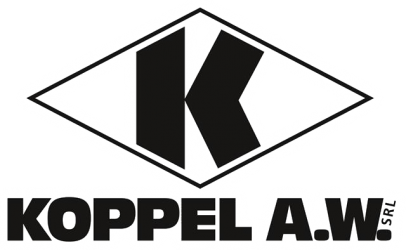The norm EN 81-80 has been released in Europe in 2003, without being compulsory, as it is intended not for new lifts (under the Lift Directive), but to existing lifts, out of the field of application of the Directive. But some European Member States, such as Belgium, France, Spain, and other, have published national laws to enforce the application of this norm, fitting it to the domestic different needs.
The norm deals with possible 74 dangerous situations which may exist on the old lifts.
The main ones, for instance, recognized in Italy are:
1) Precision of car stopping and lavelling at landings
2) Protection of the users from the movement of automatic sliding doors
3) Improvement of safety of hydraulic lifts (9 possible applicable points)
4) Blocking devices of the landing doors
5) Automatic closing of the multi-panel horizontally sliding doors
6) Safe ratio between car surface and load capacity
7) Presence of car doors
8) Inspection and stop device on the car top
9) Alarm device in the car to evacuate trapped users
